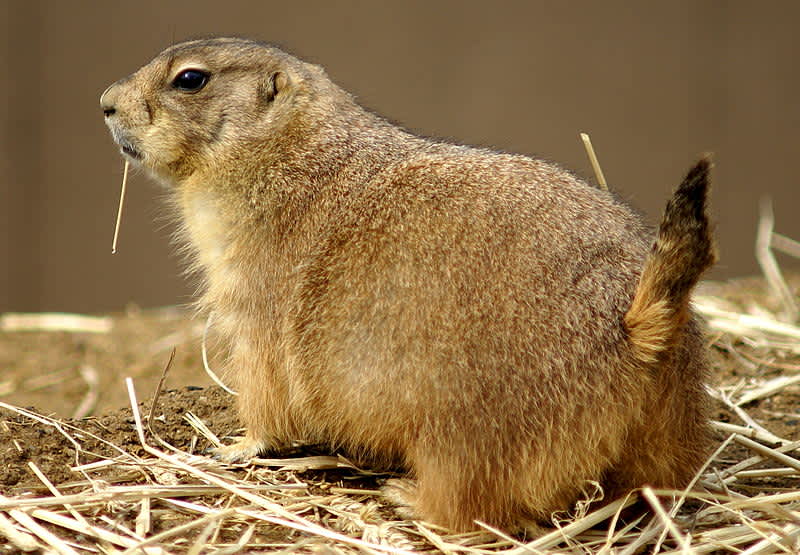Plague Spreads Through South Dakota’s Prairie Dog Population
OutdoorHub Reporters 05.19.14

Hunters traveling to South Dakota this year may be hard-pressed to see a prairie dog, especially in the southwest parts of the state. The cause is sylvatic plague, and while the plague has been active in the state since as early as 2004, it has now spread as far north as the Fort Pierre National Grassland. The Associated Press reported that the disease is taking a heavy toll on colonies across South Dakota’s central prairie.
“In the last few years I’ve seen some dog towns almost wiped out,” hunting guide Willie Dvorak told The Capital Journal. “Which is kind of astounding to go out there one day and see thousands and the next time there’s none.”
Sylvatic plague is an infectious disease that primarily affects rodents, although it can also be transmitted to non-rodent animals such as ferrets, bobcats, sheep, deer, and even humans. It is perhaps most commonly found in prairie dogs, and affected colonies can sometimes see a 90 percent mortality rate—sometimes leading to local extinctions. Attempts to immunize entire populations through insecticide have proven to be expensive and challenging.
“Right now, we have two tools in our toolbox to combat sylvatic plague,” Travis Livieri, executive director of Prairie Wildlife Research, told The Nature Conservancy. “We dust prairie dog burrows with an insecticide to kill the fleas, and we give black-footed ferrets a shot to vaccinate them. Both are effective, but we have to do it every year, and it’s costly.”
Black-footed ferrets are the primary predators of prairie dogs, and their numbers are also suffering from the plague outbreak. While prairie dogs populations are likely to bounce back from the disease thanks to their fast reproduction rate, black-footed ferrets may have to deal with more long-term consequences.
Hunters are advised to exercise caution when handling diseased prairie dogs, as plague can be transmitted to humans. The USGS warns that the presence of dead rodents with blood oozing from their nostrils or mouth usually signals the presence of plague. Hunters should consider wearing gloves to handle dead wildlife. So far there have been no cases of plague in humans reported in South Dakota.

